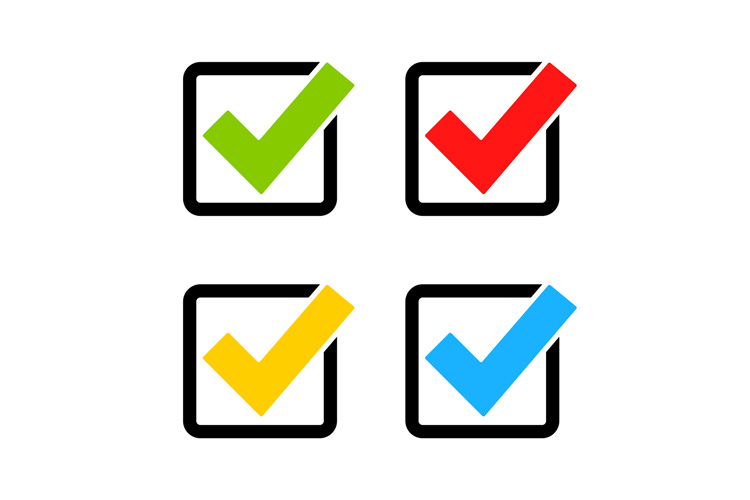Mezzanine Debt Ticks All the Growth Funding Boxes
Posted on: August 23rd, 2021

Business owners usually get to a fork in the road where they have a huge opportunity to grow. It can be regional expansion, adding new services or products, or building out a new facility. Their businesses may have grown well in the past, but this new opportunity allows them to really scale up, to grow their profit levels 2 to 3 times. To get to their current level, the business likely has some loans on the balance sheet such as a line of credit or an SBA loan.
The business has untapped debt capacity and can borrow significantly more, but the current bank lenders will not be able to lend more. At this exact point, most business owners begin to search for non-bank alternatives and inevitably receive interest from private equity investors, who enthusiastically share the growth vision and seize the opportunity to generate strong returns.
The capital need is a large number relative to the current capital base of the company, (at least 2 times) and the owner may think the only way to bring in the growth funding is by selling a controlling stake in the business to the private equity investor. For example, let’s say a company has $4 million of EBITDA, $5 million in loans on the balance sheet and a growth need of an additional $8 million. This new growth will increase EBITDA from $4 million to $8 million.
Mezzanine Debt a Great Choice for Companies
Currently the business has a total debt capacity of 3.5 times EBITDA ($4 million) or $14 million, and a fair market value of at least 6 times or $24 million. Assuming the capital need of $8 million is funded with loans, the total debt on the balance sheet will be $12 million at closing, a debt multiple of 3 times trailing twelve-month EBITDA at closing. The debt multiple even lower when based on future EBITDA. This growth plan can be executed within 2 years under reasonable execution assumptions. For this type of rapid growth funding, mezzanine debt ticks all the relevant boxes and is a great choice for a company to make.
- Acceptable Leverage Multiple – mezzanine debt lenders will lend to 3.5 to 4.0 times a company’s historical adjusted EBITDA. They will lend beyond the current loans on the balance sheet and provide all the funding needed, provided the company has excess fair market equity value. The scenario above comes in at a 3 times debt multiple, very much in the sweet spot for a mezzanine debt lender.
- Transitional Growth Phase Investment – mezzanine debt specifically funds rapid, transitional growth phases that generally take 1 to 2 years to mature. It does not require principal repayment during this growth period. Mezzanine debt investment elevates the size of the company, allowing it to pay principal later through cash flow or refinance.
- Far less Costly & Dilutive than Private Equity – Most private equity investors require a controlling stake of at least 51% ownership in the business. In this example, they will not invest the full $8 million as equity but more likely invest $2 million and borrow the rest from a lender. With mezzanine debt, the business pays current interest of 10%, PIK interest of 2% and a small warrant or 2% to 5% for the $8 million mezzanine debt loan. The comparison is stark – mezzanine debt warrant of 5% versus private equity investor ownership stake of 51%,
- Management Supportive – Mezzanine debt lenders are very supportive of existing ownership and management and take a passive yet supportive role in helping the company grow. They do not have a seat on the board and leave management alone to make major strategic and operational decisions. This is not the case with most private equity deals.
